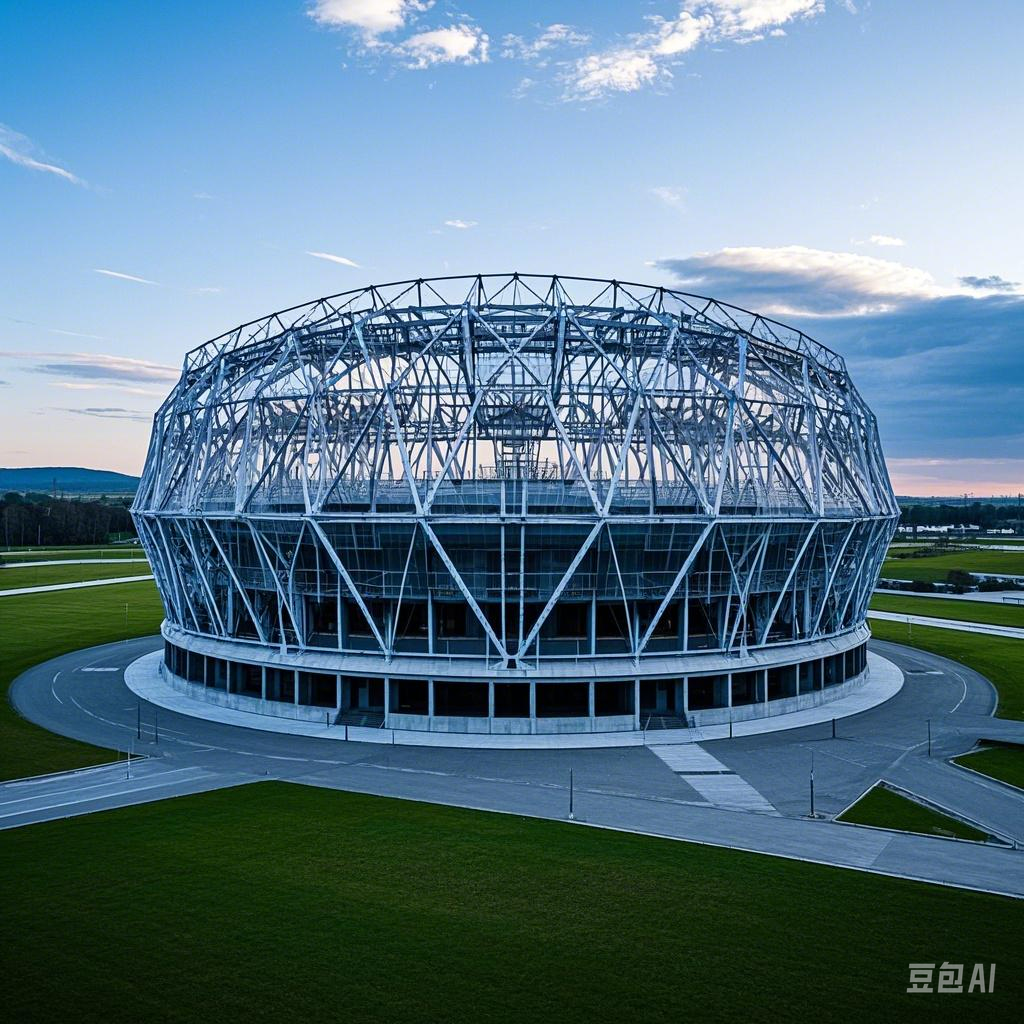In the fast - paced and ever - evolving domain of modern architecture, steel structure gymnasiums have firmly established themselves as veritable engineering masterpieces. These aren't your average, commonplace sports complexes. Instead, they represent a seamless convergence of captivating aesthetics and practical functionality, fundamentally altering our perspective on sports infrastructure.
One of the most striking features of steel structure gymnasiums is their remarkable strength. Thanks to its high tensile strength, steel is capable of withstanding the most extreme natural forces. In earthquake - prone regions such as Japan, countless steel - framed gymnasiums have withstood the onslaught of powerful seismic activities with minimal damage. The innate stability conferred by steel ensures that these structures remain intact during tremors, guaranteeing the safety of everyone within. This resilience not only prolongs the building's lifespan but also substantially reduces the frequency of repairs. Over a 20 - year period, a large - scale steel structure gymnasium can enjoy maintenance costs that are up to 30% lower compared to traditional concrete - based facilities, offering long - term cost - efficiency.
The lightweight characteristic of steel is yet another game - changing advantage. Steel components are far lighter than their concrete equivalents, greatly simplifying the construction process. Construction crews can quickly assemble pre - fabricated steel parts on - site. For example, a medium - sized steel structure gymnasium with a 5,000 - square - meter floor area can be completed in as little as six months. In contrast, a similar concrete - built gymnasium might require 12 months or even longer. This accelerated construction schedule not only cuts down on labor expenses but also enables the facility to open for use much earlier, allowing it to start generating revenue sooner.
The open - span designs typical of steel structure gymnasiums are highly beneficial for both athletes and spectators. These expansive, column - free interiors can be effortlessly reconfigured to host a diverse range of sports events. A single space can be transformed from a bustling basketball court into a lively badminton hall or a large - scale fitness exhibition area within a matter of hours. For spectators, the unobstructed views enhance the overall viewing experience, whether they're watching an intense basketball game or a graceful gymnastics display.
Consider the [Name of a famous steel structure gymnasium] in [City]. It has not only become a top - tier sports venue but also a symbol of modern architecture in the city. Regularly hosting international sports competitions and community - based fitness activities, it serves as a vibrant hub for sports enthusiasts of all ages.
In summary, steel structure gymnasiums are leading the charge in the transformation of sports facilities. They are a vivid testament to human ingenuity in architecture, seamlessly integrating strength, durability, cost - effectiveness, and flexibility. As technology continues to progress, we can anticipate the emergence of even more innovative and sustainable steel - structure sports facilities in the future.
